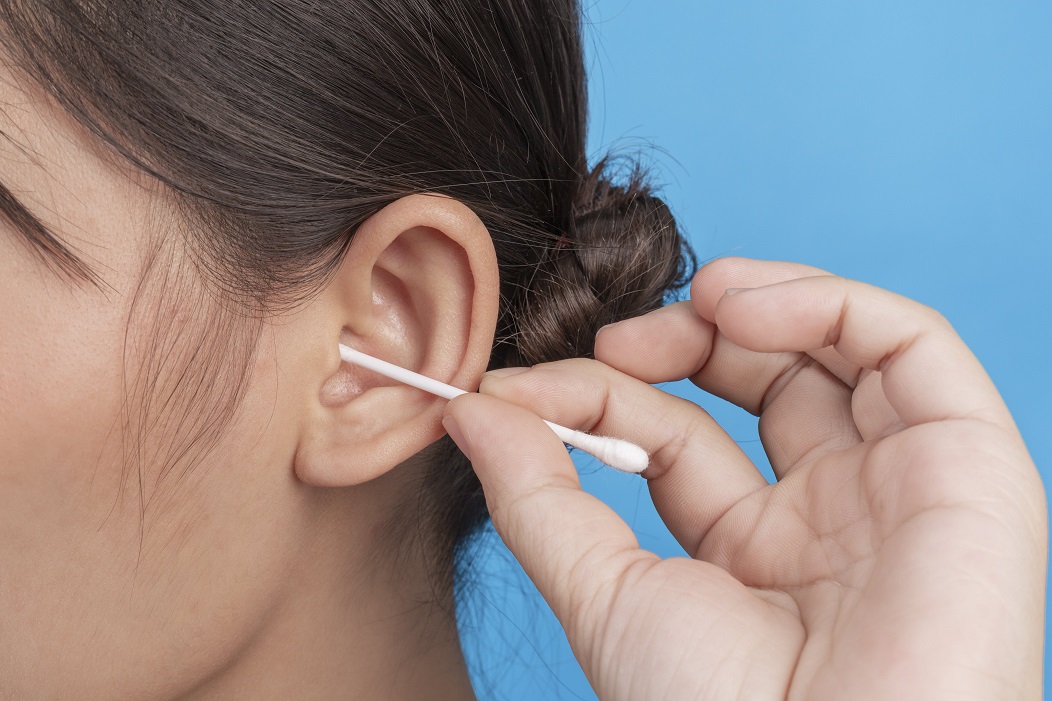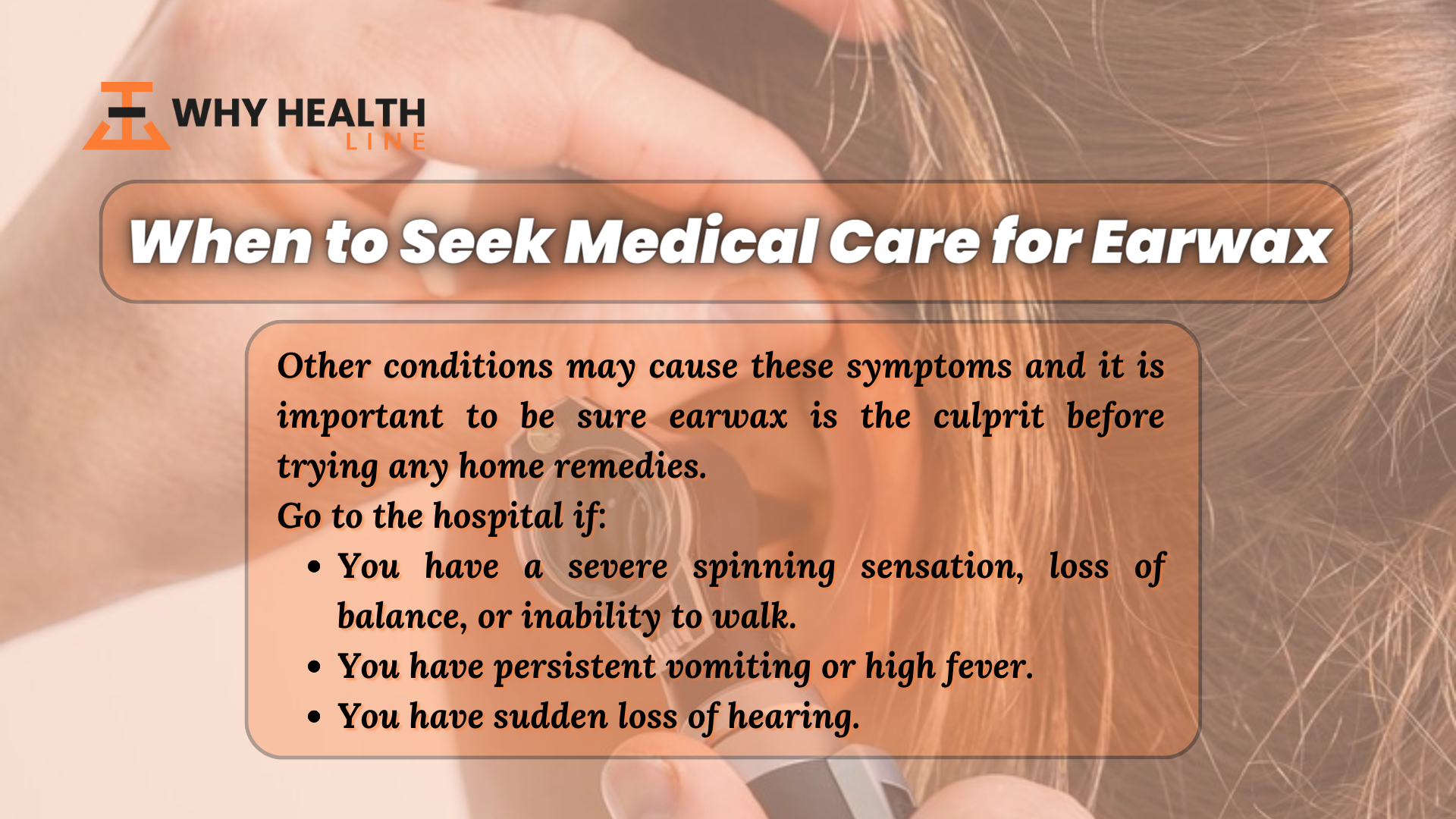Did you know that our ears are naturally protected by a waxy substance called cerumen? It’s also known as ear wax and is produced by a special lining in the ear canal. This substance helps to fend off irritants, bacteria, and other unwanted microorganisms from getting into our ears.
However, when excessive earwax is produced in our ears, it can lead to issues like temporary hearing loss. This condition is more prevalent in older adults and can be influenced by certain health issues. If you find yourself struggling with this problem, it’s best to consult with your healthcare provider.
This article covers everything you need to know about the presence of this waxy substance in our ears, so let’s get started.
What is Ear Wax?
Earwax is simply a natural substance produced by glands located in our ear canal, one of its benefits is that it acts as a shield against dust and other tiny particles that can potentially harm or infect our eardrum.
However, the amount of its secretion is usually dependent on factors like genetics. Sometimes when its production excessively continues, it can result in various issues.
Symptoms of Ear Wax
If your ears have overly produced this waxy substance, you may encounter issues like:
- Earache
- Hearing loss
- Tinnitus
- Itchiness in or around the ear
- Vertigo
- Ear infections
Risk Factors for Ear Wax Blockage
It is common to experience clogged ears due to a narrowing of the eustachian tube, which can be caused by allergies, head colds, or pregnancy. Factors such as having narrow or hairy ear canals can also increase the risk of blocked ears. It is important to note that children have shorter eustachian tubes than adults, making them more susceptible to ear problems.
Additionally, ear picking, abnormalities of the external auditory canal, foreign body impaction, and aging are all considered risk factors that can result in earwax impactions.
Causes of Ear Wax
The glands in our outer ear canal secrete wax to protect our ears. Usually, a small amount of earwax can move out of the ear or be washed away and replaced by new wax. However, if too much wax is produced or if the earwax is not cleared well enough, it can build up and block the ear canal.
There can be multiple causes of blockage or impaction due to excessive ear wax production in our ears:
- This can happen when the wax is pushed too far into the ear canal. The primary cause of this problem is the use of cotton swabs, bobby pins, and other objects that may ultimately force the ear wax deeper into the ear canal.
- Extensive usage of hearing aids and earplugs might also contribute to earwax blockage.
Diagnosis of Ear Wax
Healthcare professionals typically evaluate patients’ health history during their appointments and conduct a physical examination to diagnose impacted earwax. This may also involve hearing tests.
To confirm the diagnosis, doctors sometimes also utilize a special instrument called an otoscope to visually examine the amount of earwax present in your ear canal.
Treatment of Ear Wax
If you’re experiencing ear wax impaction, a few options are available to help alleviate the problem. One of the most common treatments involves using specialized drops or ear wax-softening agents like saline, olive oil, or mineral oil.
These substances work to gently loosen the buildup of earwax, making it easier to remove and providing relief from discomfort. While these treatments can be effective, it’s always best to consult with a medical professional before choosing any method on your own.
Alternative Medicine
If you’re experiencing a sensation of clogged ears, your doctor may recommend you remove the earwax at home. There are a multitude of approaches at your disposal. One option for softening and loosening the earwax is to use glycerine or warm mineral oil.
You can also apply hydrogen peroxide by combining it with water. Warm up the solution to moderate temperature and then apply 2 drops in your ear twice a day for up to 4 to 5 days.
Final Thoughts
Every healthy ear contains earwax to find protection against irritants entering the ear. However, when our ears uncontrollably produce this waxy substance, it becomes a matter of concern. And can lead to various problems. In such cases, seeking prompt medical attention becomes essential.
Additionally, it’s crucial to understand that trying to eliminate earwax by using cotton swabs or any other object can exacerbate this problem. It can push the wax further down into the ear, causing blockages and other complications.
Therefore, it’s highly recommended to acquire professional assistance if you suspect you have an ear wax obstruction. They have the expertise and equipment to safely and effectively remove the wax without damaging your ear canal.
FAQs:
Is Ear Wax a Serious Problem?
Normally, everyone has ear wax in their ears that serves the purpose of protection from foreign substances. But sometimes, when ears produce this waxy substance overly, it can potentially lead to complications like hearing loss, vertigo, irritation, earache, dizziness, and other issues.
However, earwax impaction isn’t extremely harmful in most cases, and symptoms can easily resolve with the appropriate treatment.
Which Food Can Make More Ear Wax?
A study has revealed that if you consume food items such as cheese, milk, and eggs in high quantities, you may be at higher risk of developing excessive earwax in your ear canals. This is because dairy products usually have high contents of lactose.
Dieticians have also reported a connection between milk and earwax, especially for people who are lactose intolerant.
Can Ear Wax Result in Hearing Loss?
If left unaddressed, earwax build-up can block the ear canal, leading to temporary hearing loss and discomfort. This can also increase the risk of outer ear infections.
Dealing with impacted wax can be challenging. Therefore, it’s important to address this issue promptly to avoid any serious consequences.



